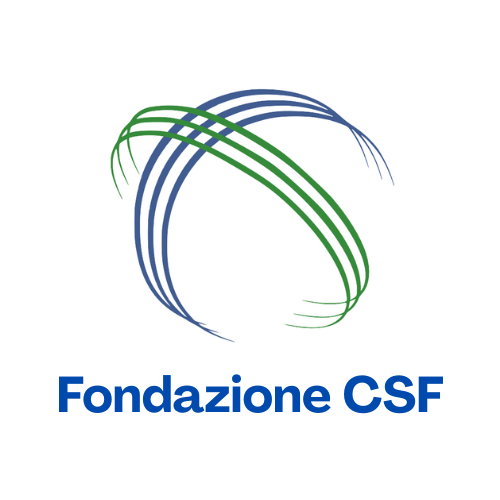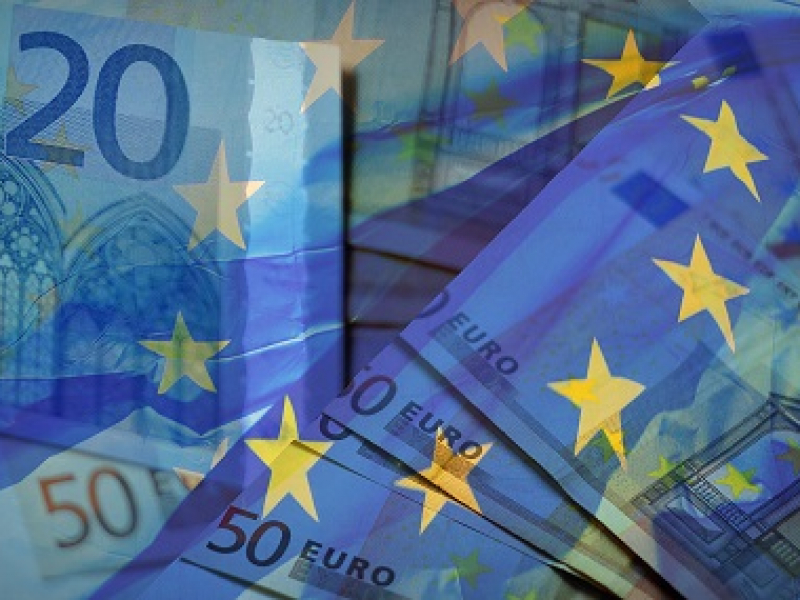Olimpia Fontana / July 23 2025
Commentary no. 004/2025 NS
The European Commission has released its proposal for the European Union’s next Multiannual Financial Framework (MFF), covering the 2028–2034 period. This package of proposals officially kicks off negotiations that will soon involve the European Parliament and the Council — negotiations that are expected to be highly contentious, judging by the early reactions from stakeholders such as regional authorities and farmers.
The Commission’s proposal aims to deliver a budget that is: more ambitious, with total spending rising from 1.1% to 1.26% of EU GDP — amounting to €1.98 trillion, adjusted for expected inflation; more flexible, with greater ability to respond to changing priorities; simplified, through a reduction in the number of programmes to avoid overlaps and excessive administrative burdens; more effective, by linking the disbursement of funds to actual results achieved.
In terms of scale, the proposed MFF is nominally larger than the 2021–2027 framework (excluding the €700 billions NextGenerationEU programme). However, this increase includes the cost of repaying the NGEU debt, meaning the effective budget remains quite close to its predecessor—with only around €60 billion in additional resources. In fact, this new MFF will coincide with the beginning of NGEU repayments, at a time when pressure for increased spending is already high. On one hand, in line with the Draghi Report, the proposal highlights the need to strengthen investment in competitiveness and defence. On the other hand, it urges the Council (i.e., the Member States) to begin working on introducing new EU own resources. The Commission makes it clear that without new EU-wide sources of revenue, increases in national contributions — based on Member States' economic capacity —would be inevitable.
Much of the reaction to the Commission’s proposal has focused on the expenditure side. Notably, the National and Regional Partnership Plans — through which each government will negotiate the use of allocated funds with the Commission — have come under fire, as has the consolidation of agricultural and cohesion funding under a single spending heading. Far less attention has been paid to the crucial issue of own resources and the related legislative proposal, in which the Commission explicitly calls on the Council to move forward with new revenue sources for the EU budget. It is no secret that, under the 2020 Interinstitutional Agreement, the Commission, Parliament, and Council committed to introducing new own resources during the 2021–2027 period. Thanks to this political agreement, the EU has been able to cover NGEU grants since 2021, while Member States remain responsible for repaying the loan portion.
In 2021 and again in 2023, the Commission reignited the debate, presenting potential new revenue sources and their estimated yields. These have focused mainly on environmental policy, corporate profits, and financial transactions — targeting negative externalities like CO₂ emissions, tax avoidance, and harmful fiscal practices. However, of all these candidates, only the plastic-based own resource has been implemented. Others, like environmental taxes, have been postponed, while the financial transaction tax has been shelved altogether.
The 2028–2034 proposal reintroduces both old and new candidates. Environmental resources remain central: a share of the revenue from the EU’s Emissions Trading System (ETS) would be redirected to the EU budget—specifically, 30% of revenues from ETS1 (covering emissions from EU-based heavy industry), and 75% of revenues from the Carbon Border Adjustment Mechanism (CBAM), applied to imported goods with embedded emissions. These two instruments are expected to generate around €11 billion annually, including €1.4 billion from CBAM alone. Notably, a prior proposal to include ETS2 revenues (covering road transport and building heating) has been dropped — leaving those revenues in national hands. This decision mirrors the broader slowdown of the Green Deal under the second von der Leyen Commission.
Among the most substantial new proposals is the e-waste levy, projected to raise around €15 billion per year by requiring Member States to contribute €2 per kg of uncollected electronic waste. Another significant source is TEDOR (Tobacco Excise Duty Own Resource), which would allocate 15% of national tobacco excise revenue to the EU budget. The Corporate Resource (CORE) — a flat annual levy on corporate revenues — could yield an additional €6.8 billion, while further technical adjustments to existing own resources would contribute another €14 billion, bringing the total to €58 billion annually.
The e-waste and tobacco resources move in the right direction: they penalize harmful externalities and promote behavioural change. Similar proposals could be envisioned to target gambling, gender pay inequality, or food waste. However, the CORE proposal risks being regressive and unfairly burdensome for smaller companies, potentially undermining competitiveness — contradicting the very policies the Commission aims to promote.
A key feature of the proposal is the creation of a new, extraordinary, and temporary tool, to be used as a last resort in response to severe crises. This crisis mechanism would amount to €395 billion — in addition to the MFF’s 1.26% of EU GDP — and would be financed through common EU debt issuance to provide loans to Member States. In practice, this would resemble a second NGEU, but without a grants component — the very component that, from 2028, will weigh on the EU budget by €24 billion per year.
The Commission is cautious in proposing any expansion of common borrowing. It calls for raising the EU own resources ceiling to 1.75%, with 0.25% ringfenced exclusively for covering liabilities associated with this crisis instrument. However, it’s worth recalling that common borrowing has already been successfully deployed—through the SURE programme during the pandemic (€100 billion for job protection) and more recently in the defence sector via SAFE (€150 billion). These mechanisms provide Member States with market-based loans under better conditions.
In conclusion, the Commission’s revenue-side proposals aim to revive a debate that Member States have largely ignored. While the level of ambition is limited—and falls short of the European Parliament’s demands — it nevertheless opens up a long-overdue discussion on EU fiscal capacity. Some countries, such as Germany and the Netherlands, support new own resources but only as a means of reducing their national contributions. The narrow view of juste retour still dominates, when instead a new narrative centered on European public goods is urgently needed. A common budget focused on strategic goals — such as the twin transition, research and innovation, defence — would benefit all Member States. But this will require a significant increase in the EU budget, not a simple reshuffling of the status quo.
*Senior Visiting Fellow FCSF

 En
En  It
It 



